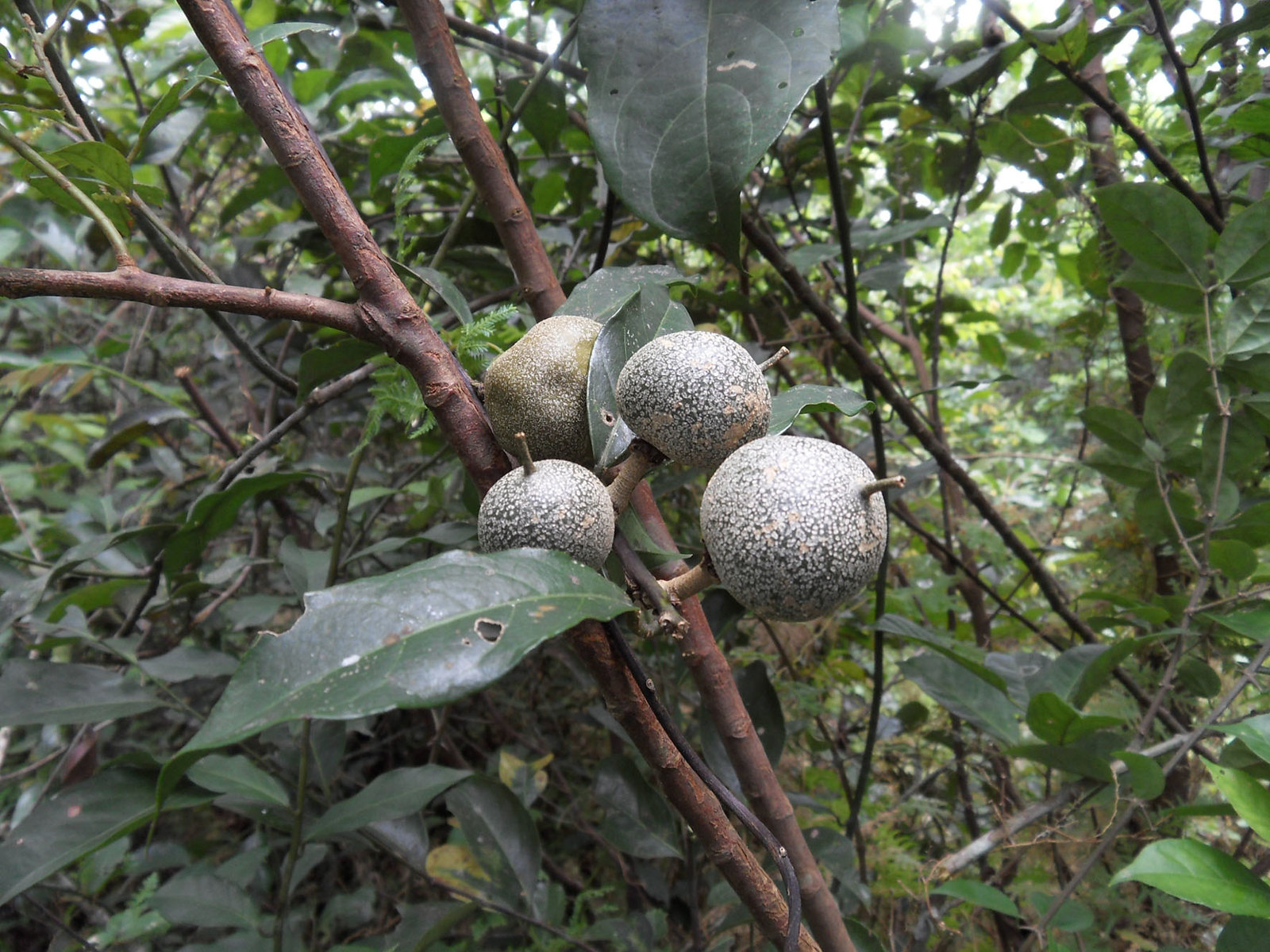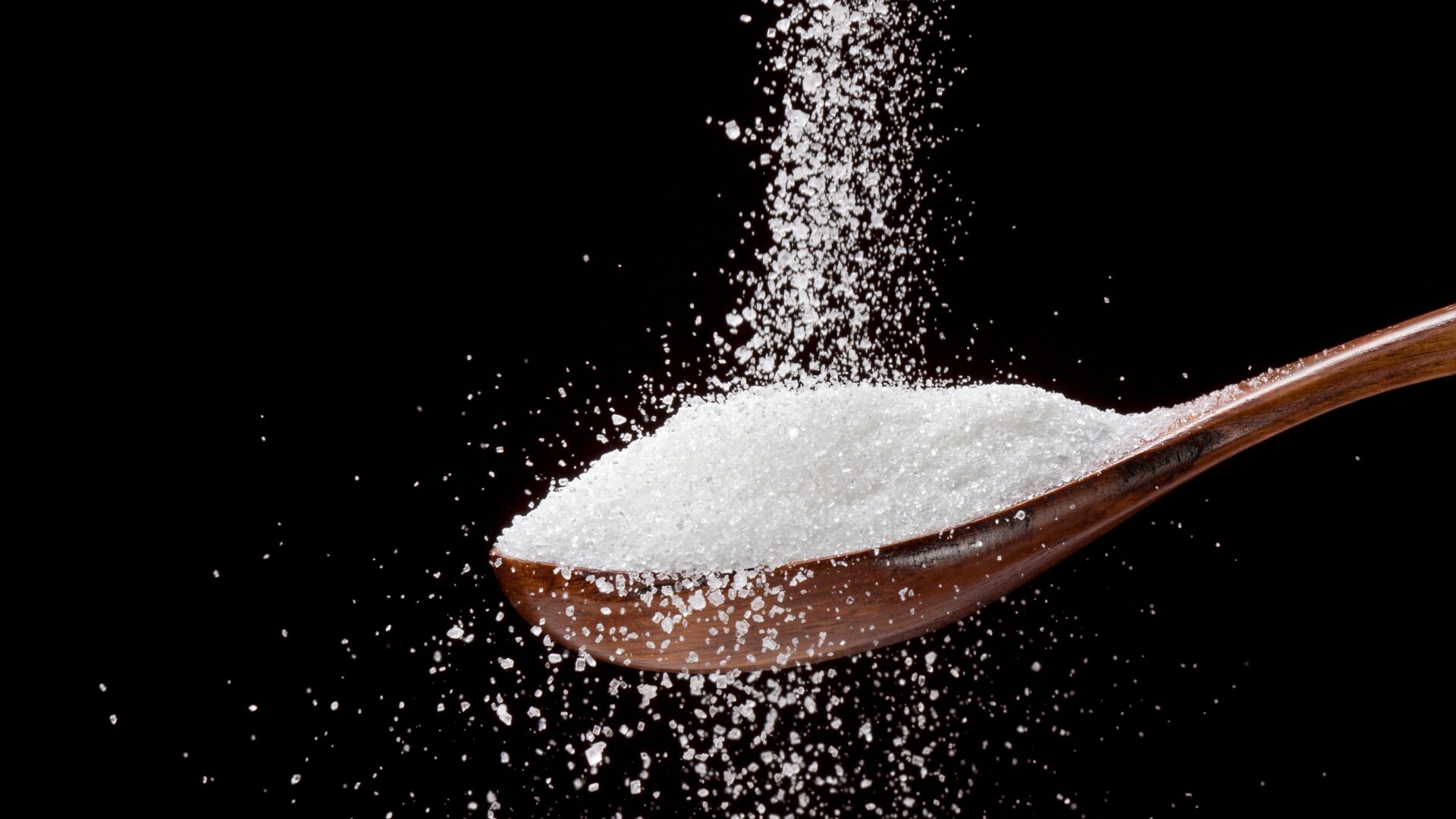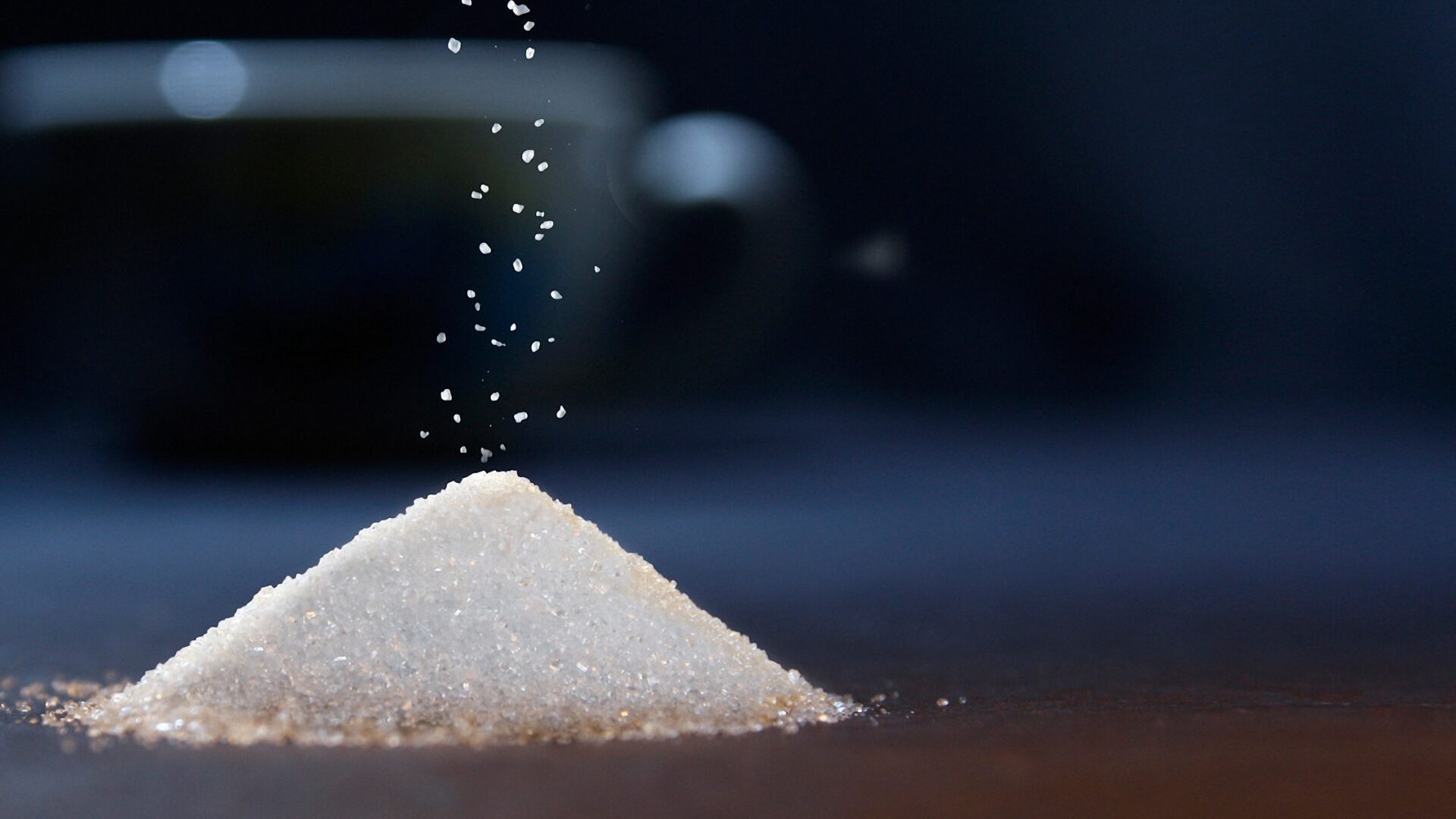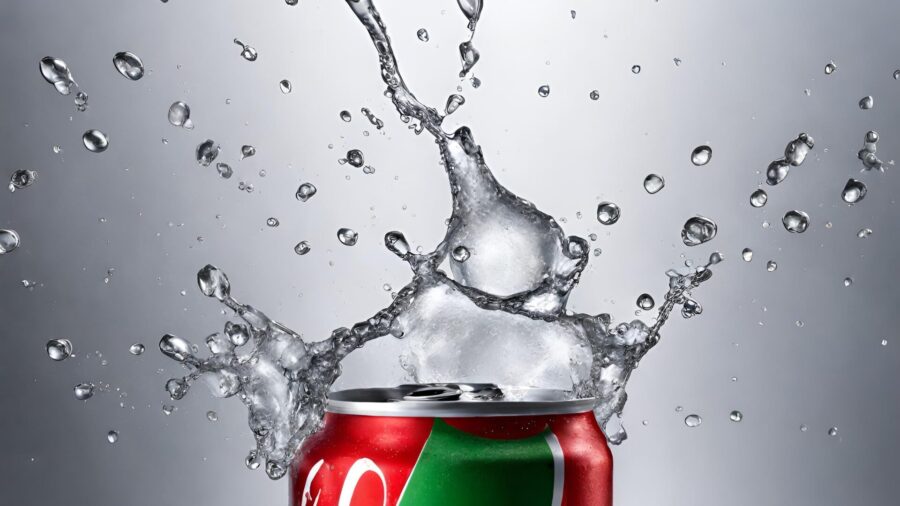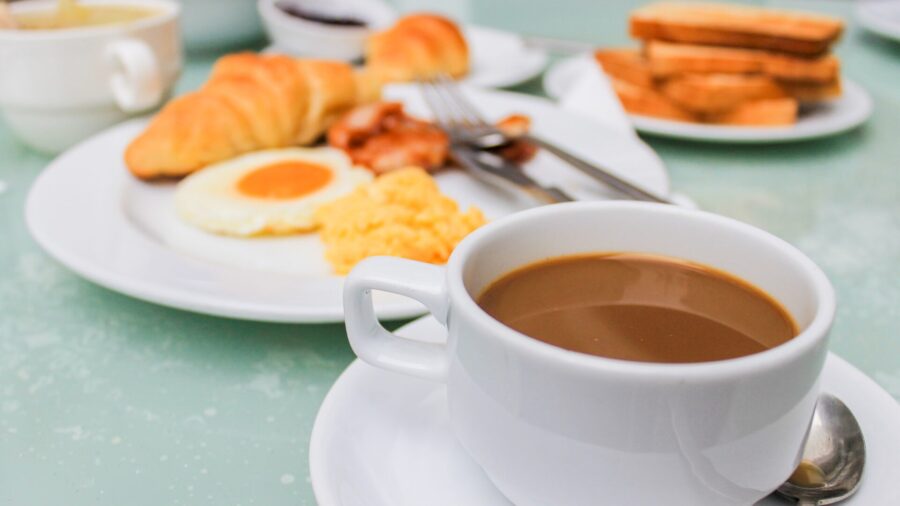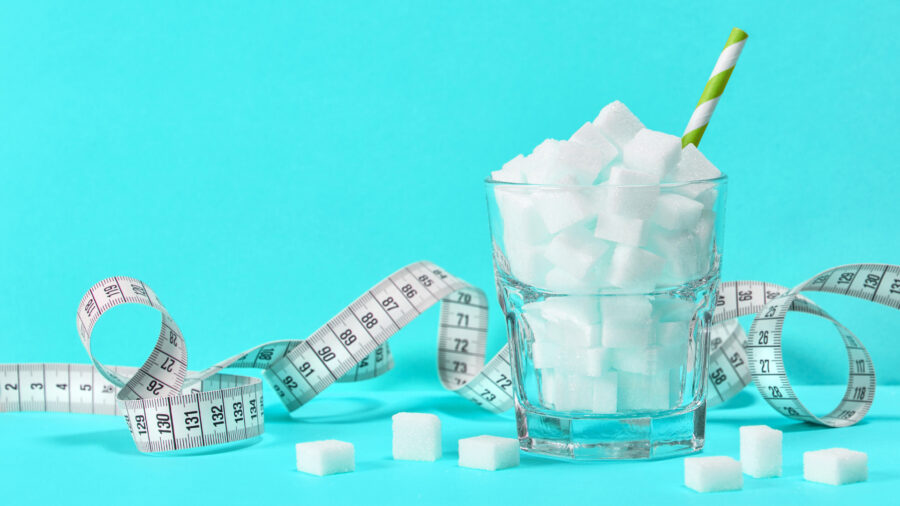Consumers are interested in natural sweeteners, but restaurants fall short in meeting consumer demand, according to a study from Tastewise.
Sugar alternatives represent a $21.5 billion opportunity as consumers become increasingly sugar-conscious. Sweeteners are a good fit for low-carb diets such as keto or Atkins, which are up 8% and 12% among consumers respectively.
Although consumer interest is increasing every year, restaurants and recipes are not paying the category enough attention. There is a 16% gap between supply and demand in recipes using sweeteners. An additional 41,000 recipes featuring sweeteners are needed to satisfy consumer demand for sugar alternatives.
In the past year for foodservice, a -7% reduction was seen in menu mentions of sweeteners nationwide. Only 12.6% of restaurants highlight sweeteners on their menus, and an even lower 6.4% highlight natural sweeteners.
Coffee shops and juice bars were the first to adopt sweeteners. The simple, flexible preparation of beverages at coffee shops and juice bars allow the businesses to experiment with sweeteners, bypassing time-costly recipe or dish development. Health food restaurants and, interestingly donut shops, followed juice bars in their use of sweeteners.
One trending example of a natural sweetener that is appealing for consumers is monk fruit, which is up 183% in popularity. However, it is unused in foodservice across the board with under 200 restaurants mentioning it on menus nationwide.
Monk fruit, otherwise known as lo han guo, is breaking into mainstream America after centuries of use in Eastern cuisine and medicine. It is keto-friendly, sugar-free, and easy to adapt in diverse recipes. It also gained attention in home cooking as an immune-system booster. Monk fruit is mainly used as a sweetener for desserts and for adding a sweet note to seafood dishes.
Erythritol is up 80% among consumers, but also missed by foodservice with very few restaurants claiming it on menus.
Another example is stevia, up 49%, which is more commonly listed on menus than other sweeteners.
“If you tried stevia even five years ago, the stevia today is far better tasting, it’s far easier to work with, and it really enables our customers and the consumer to achieve what they are looking for, which is sugar reduction from something from nature,” said Andy Ohmes, president of the International Stevia Council during a recent Food Institute Podcast.
Some manufacturers are taking advantage of the trend by producing new no sugar added products. For example, Sweet Baby Ray’s released two new flavors of No Sugar Added Barbecue Sauce in Original and Hickory.
Ray’s No Sugar Added Barbecue Sauces are sweetened with allulose, which, according to licensed nutritionist Danielle Shea Tan, CNS, MS, CHHC, “is a naturally occurring, low-calorie sweetener shown to have little-to-no effect on blood glucose or insulin levels. The resulting sauce delivers outstanding flavor with only 15 calories and 1 gram net carbs per serving.”
Meanwhile, Good Food recently raised $3 million in series A funding to expand its sugar-free products, reported Forbes (May 28). The money will primarily be used to help the company expand its spreads line by introducing new keto-friendly jam, syrup, and chocolate spreads to the U.S., and add a keto bar line called Krunchy this fall.
“With the usage of a few main ingredients, selected low-calorie natural sweeteners [such as stevia],” said CEO Gardar Stefansson, “we have managed to create a sugar-free line that is sweet and tastes great.”
Good Good can currently be found in approximately 2,500 stores in 16 countries, including Canada, which it entered this year. The company is actively looking for opportunities in countries affected by type 2 diabetes and are in need of healthy, sugar-free products.


